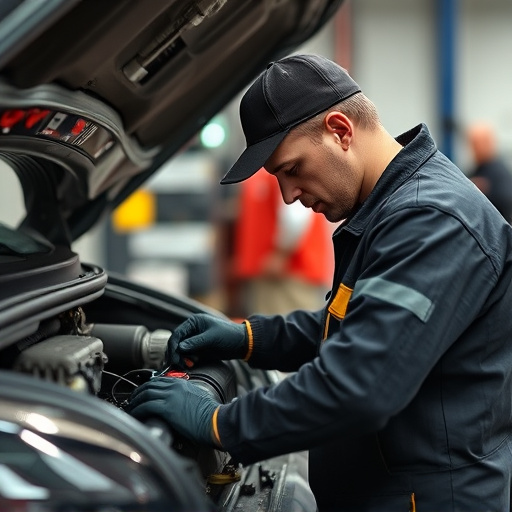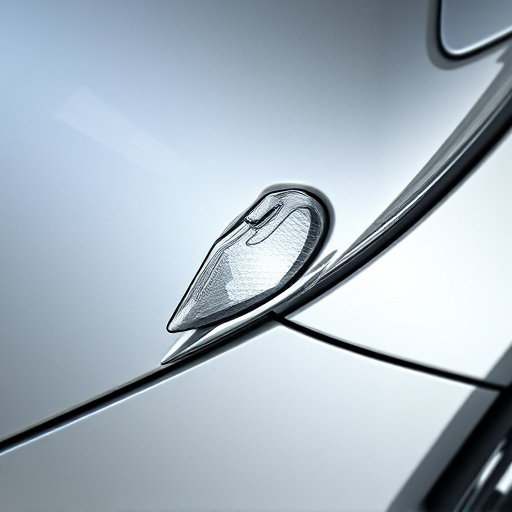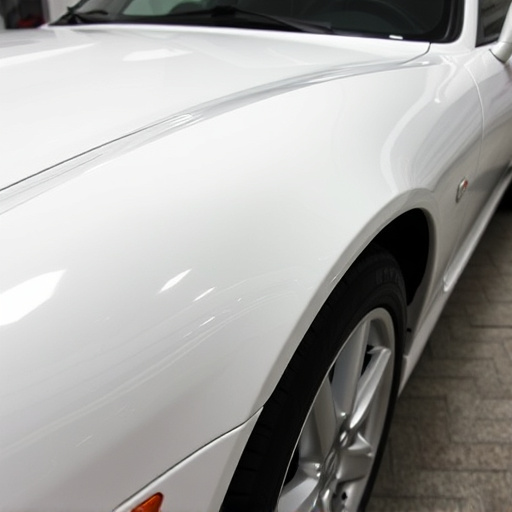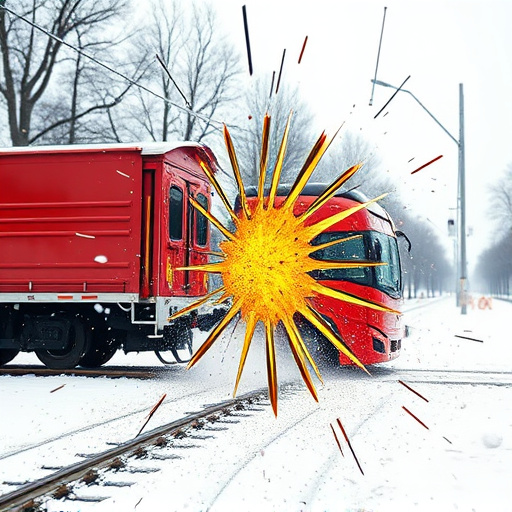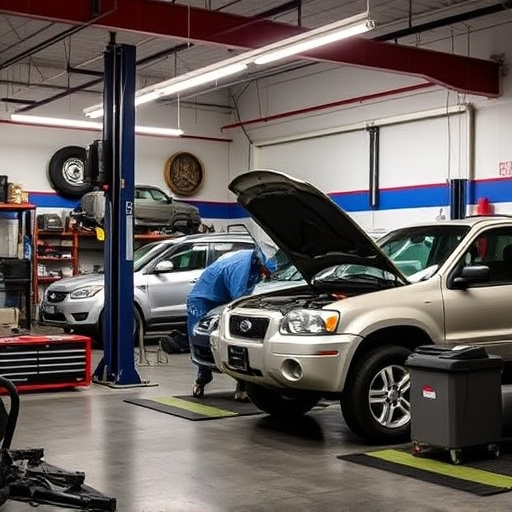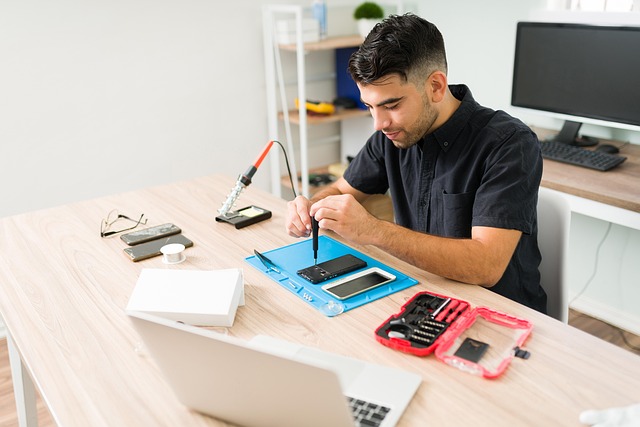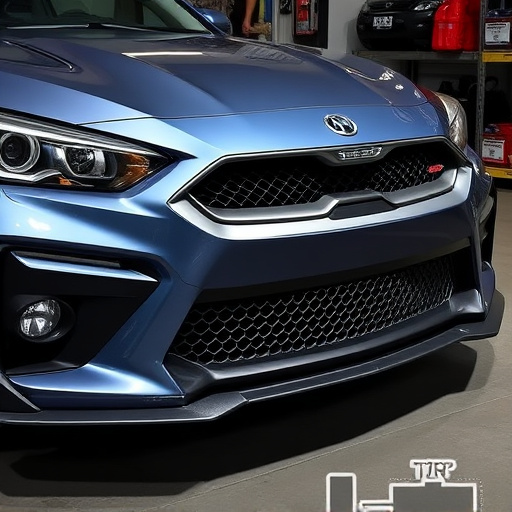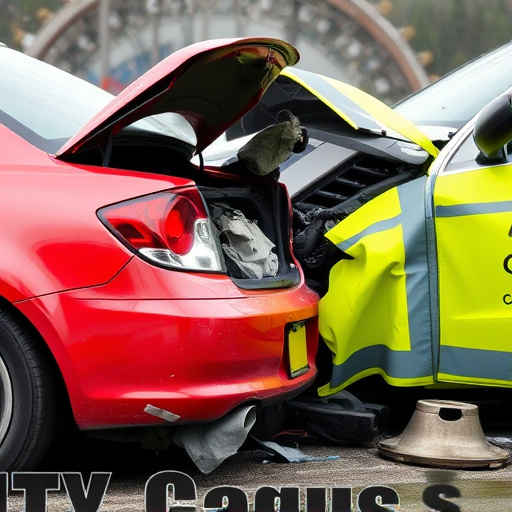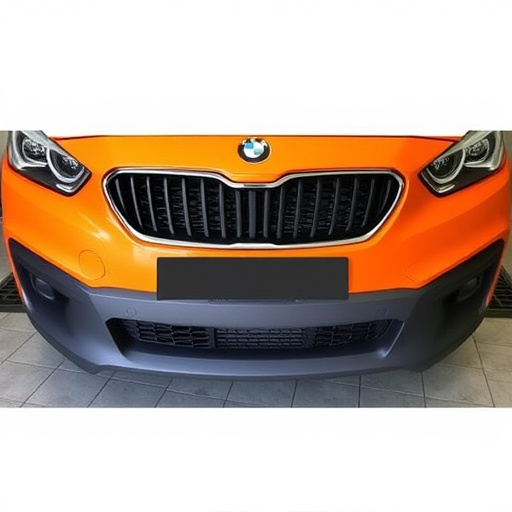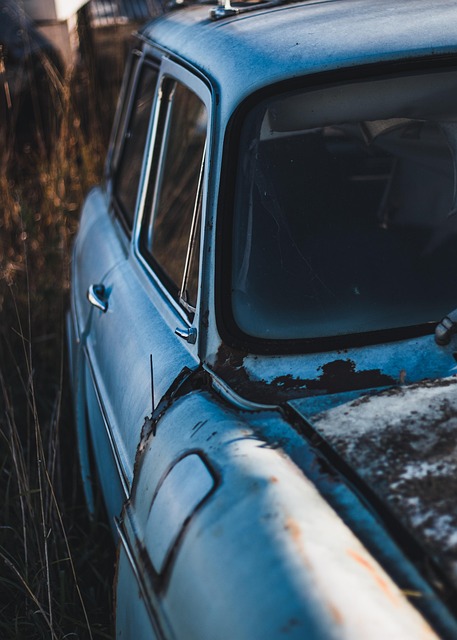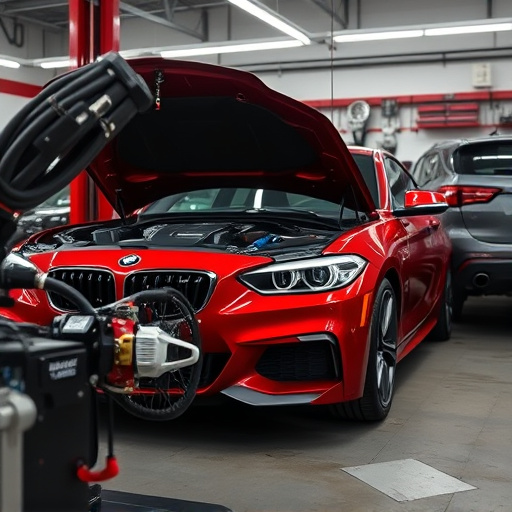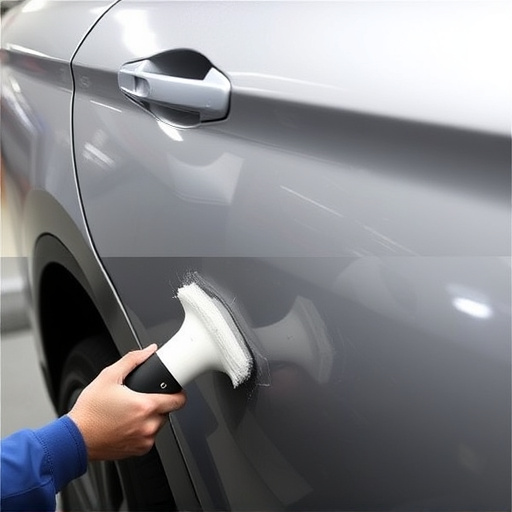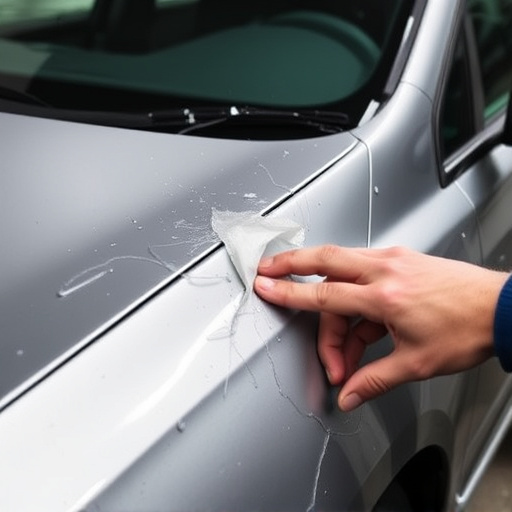OEM repair procedures are vital for maintaining vehicle safety and performance by adhering to manufacturer specifications for repairs like collision damage, glass replacement, and dent removal. Following these guidelines ensures all car components function optimally, enhancing overall performance and passenger security. Auto repair shops face challenges like keeping up with evolving standards and ensuring consistent quality, but can overcome them through training programs and digital solutions like standardized protocols and templates.
In today’s highly regulated automotive industry, adhering to Original Equipment Manufacturer (OEM) repair procedures is paramount for maintaining vehicle integrity and safety. This comprehensive guide explores the significance of standardized repair guidelines, delving into key steps to ensure compliance. From understanding the importance of OEM specifications to tackling common challenges, this article equips professionals with the knowledge needed to deliver precise, quality repairs that meet or exceed OEM standards.
- Understanding OEM Repair Procedures and Their Importance
- Key Steps to Adhering to Standardized Repair Guidelines
- Common Challenges in Compliance and How to Overcome Them
Understanding OEM Repair Procedures and Their Importance
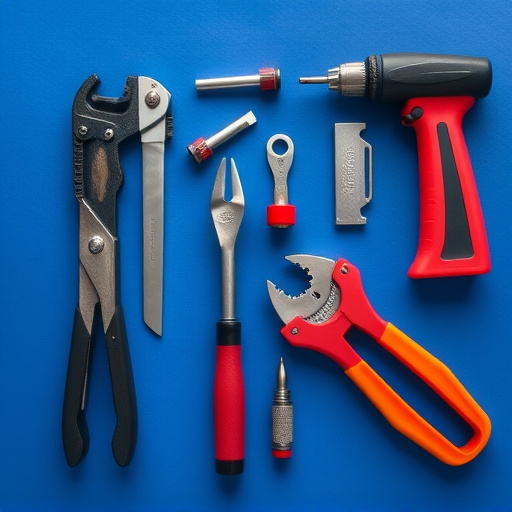
Understanding OEM Repair Procedures and Their Importance
OEM (Original Equipment Manufacturer) repair procedures are essential guidelines that dictate how automotive components should be replaced or repaired to maintain the vehicle’s original performance and safety standards. These procedures ensure that every step of the repair process adheres to the manufacturer’s specifications, ensuring optimal quality and reliability. For instance, when dealing with auto glass repair, collision damage repair, or car dent removal, following OEM protocols is paramount.
Deviation from these procedures can compromise the integrity of the vehicle, leading to potential safety hazards. By strictly adhering to OEM guidelines for tasks such as collision damage repair or auto glass replacement, technicians can guarantee that every part of the car functions as intended, enhancing overall performance and passenger security.
Key Steps to Adhering to Standardized Repair Guidelines
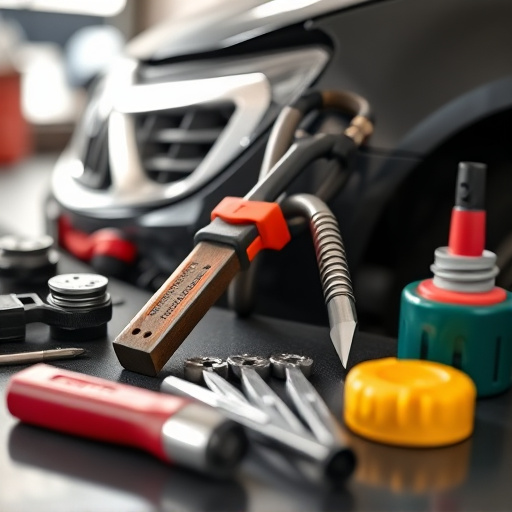
Adhering to standardized OEM (Original Equipment Manufacturer) repair guidelines is paramount for ensuring the safety and quality of vehicles undergoing repairs. The first crucial step involves thoroughly understanding the specific procedures relevant to the make and model of the vehicle in question. This entails consulting the manufacturer’s digital or printed repair manuals, which detail every step from disassembly to reassembly, including any special considerations unique to that particular automotive model.
Once these guidelines are grasped, technicians must ensure they have the right tools and parts, all of which are specifically designed to meet OEM standards. Following the prescribed sequence of repairs is another essential practice, as it ensures every component is addressed correctly. Moreover, meticulous documentation throughout the repair process is vital; recording each step taken allows for easy tracking and verification, facilitating a seamless transition back to original specifications, whether for a simple car scratch repair or complex automotive collision repair.
Common Challenges in Compliance and How to Overcome Them
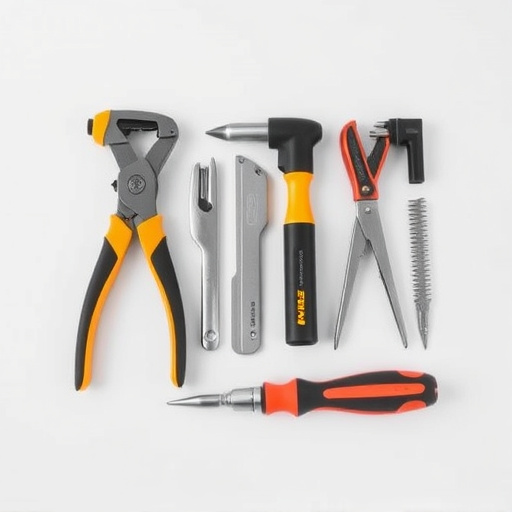
Ensuring compliance with OEM (Original Equipment Manufacturer) repair procedures can be a complex task for many auto repair shops, presenting several common challenges. One of the primary hurdles is keeping up with the ever-evolving standards and guidelines set by OEMs, which often require specialized training and resources. Staying informed about these updates and investing in proper training programs for staff is crucial to overcoming this challenge.
Another significant obstacle is maintaining consistency across different repair procedures. Vehicle paint repair, a critical component of many OEM guidelines, demands precision and adherence to specific techniques. Auto repair services that streamline their processes, utilize standardized protocols, and ensure quality control measures can achieve this consistency effectively. Implementing digital solutions and templates for common repair tasks, such as automotive repair services for bodywork, can help standardize procedures and reduce errors, ultimately enhancing compliance.
Ensuring compliance with OEM (Original Equipment Manufacturer) repair procedures is paramount for maintaining high-quality standards, safety, and customer satisfaction. By understanding the importance of these procedures, implementing key steps like standardized training and utilizing accurate resources, and overcoming common challenges such as outdated parts or inconsistent documentation, you can effectively adhere to OEM guidelines. This not only protects your business but also ensures that repaired products meet the same rigorous standards set by the manufacturer.

